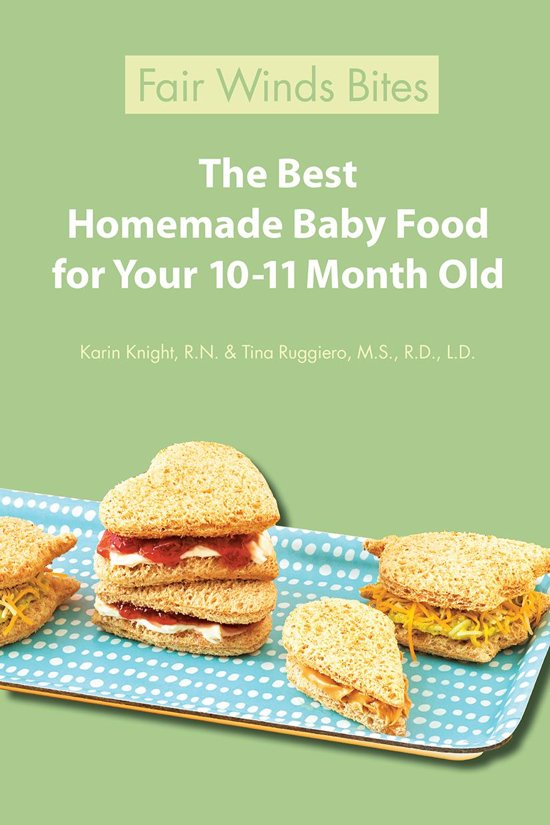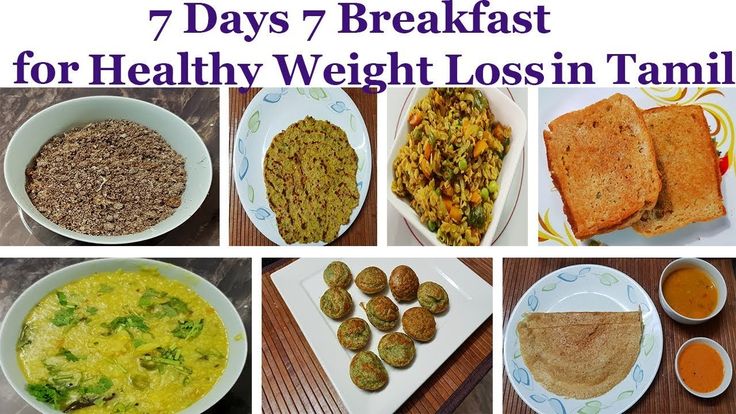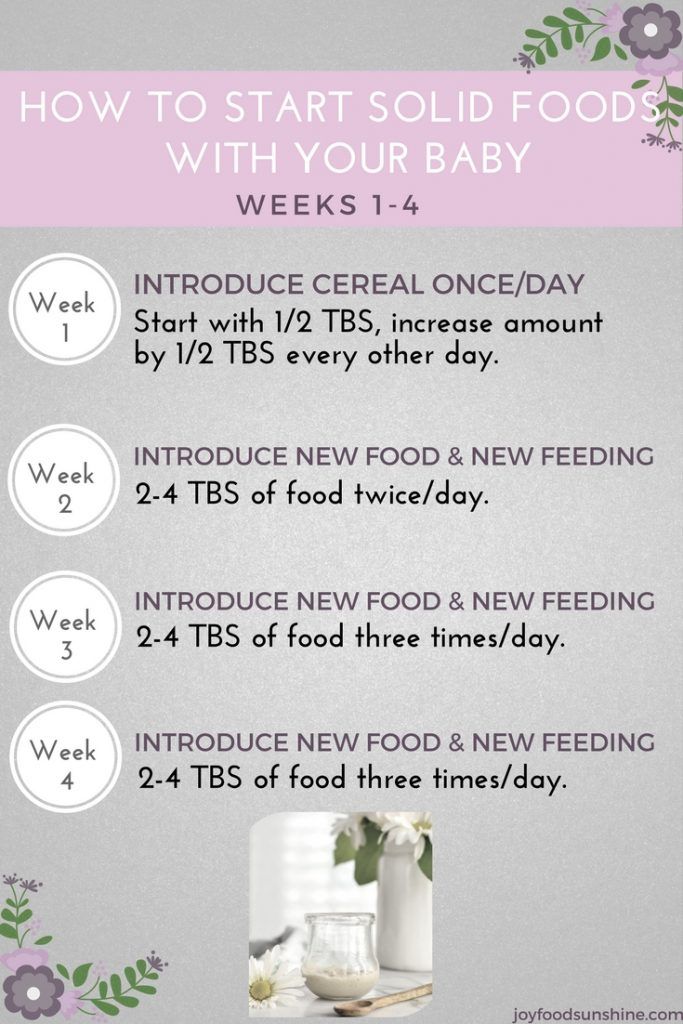How often do you feed a baby magpie
How Often Should You Feed a Baby Bird?
Have you ever came across a wounded or abandoned baby bird and took it in your care? Then you must’ve asked yourself: “How am I supposed to take care of it? How often to feed it and with what?” No worries, this article will answer all the questions you might have.
The following is the general guideline.
Younger hatchlings should be fed more frequently until they grow up a bit. New hatchlings, old up to one week, should be fed at least 6-10 times a day (every 2-3 hours). As they grow, the frequency decreases to 3-5 times a day when they open their eyes, then to 2-3 times a day when they start growing feathers.
More detailed information will be provided below.
Contents
- 1 The very beginnings
- 2 How will I know if I am doing it right?
- 3 How will I know if I’m doing it wrong?
- 4 What type of food am I allowed to feed to a baby bird?
- 5 Preparing the meals for baby birds
- 6 Feeding process
- 7 Keeping the tools clean!
- 8 Conclusion
The very beginnings
Feeding baby birds by yourself should be the last step in case of the emergency unless you ’re a bird expert. It is viewed as a substitute for birds raised by parents. Hand feeding is an enormous responsibility for which you must have a lot of time, tools, patience and total commitment.
Nowadays there are a lot of baby bird nourishments available, so what you should do is pick one of them and stick with your choice until the hatchling is weaned. The reason is that even minor changes in diet may be stressful for hatchling’s digestion system.
Frequency and the number of meals depend on the species, age, growth rate and diet of the bird. The source of nutrients for the newly hatched specimens in the first 12-24 hours is the yolk sac. A week or so old specimens should be fed every 2-3 hours or 6-10 times a day, with the addition that feeding during the night could be very beneficial.
Specimens who haven’t opened their eyes yet should be fed every 3-4 hours (5-6 feedings a day). Once they open their eyes, it could be decreased to 3-5 feedings a day (every 5 hours). As the baby bird starts to grow feathers, it should be fed 2-3 times a day (every 6 hours).
After this initial period has passed, hatchling doesn’t have to be fed between 10 p.m. and 6 a.m.
How will I know if I am doing it right?
The best way to check if the hatchling is growing healthy and how it’s responding to the diet is to monitor its response to every nourishing. It should give a strong response to every nourishing and have regular production of muck.
In order to determine the actual growth, you will need to measure the hatchling every day and keep a record of its advancement. By default it is supposed to gain weight every day until the day it’s ready to fly. If you notice it’s not the case, or that it gains weight very slowly, then there is a problem. That’s why It is important to have a record so that in case there are some problems, you can notice them on time and act.
How will I know if I’m doing it wrong?
The most common symptoms that could potentially mean there is a problem are:
- Rejection of food
- Bad response to feeding
- Abnormal or shortage of droppings
- Chirping most of the time
- No sleep
- Fussing all the time
- Slow and exhausted movement of wings or head
- Unnatural growth
- Deficient weight gain
If you notice any of these symptoms, the best thing you can do is contact your veterinarian.
What type of food am I allowed to feed to a baby bird?
Unless you’re professional, feeding hatchlings should just be used in urgent situations. If you come across the hatchling that needs to be fed or cared for, you should take it to the bird rescue organization or an experienced rehabber as soon as possible. They will most likely know what is the best-suited nourishment for its species and even be able to help it learn how to find its own food source.
But if the need arises and you have to feed the baby bird, then you have to remember the following:
- Meals shouldn’t be watery, to be sure it doesn’t come to choking or in some cases drowning. It should be spumous, while hard food is supposed to be softened before feeding it to the hatchling.
- Never nourish warmed or cool food. It should always be offered at room temperature.
- Very little hatchlings should be nourished with very small bites, so try to chip or crunch food so it is relatively fitting to hatchling’s size.

- Nourish the bird very carefully. Don’t force its beak open to eat.
While every species has a different kind of nourishment, there are several types of food that can be used in urgent situations.
Also, it is very important to understand that hatchlings have very different nutritional needs than grown specimens.
The food which can be used to feed hatchlings is:
- Dampened dog or cat food
- Raw liver, without flavoring
- Hard-boiled eggs
The food which shouldn’t be fed to hatchlings is:
- Water
- Pastry
- Full-sized birdseed
- Dairy products
- Pet bird food
- Maggots
- Kitchen leftovers
Keep in mind that the more grown hatchling is, the more adult food it can consume without any harm, with longer intervals between each feeding.
However, if you don’t feel comfortable with feeding a hatchling with this kind of food and prefer more specialized products, you can try something like Nekton-Baby-Bird hand feeding formula and related products.
Preparing the meals for baby birds
The most important thing you need to remember is that all food must be prepared fresh for every nourishing! If you prepare the meals in advance for several feedings, you can expose the hatchling to potential bacteria attacks, because that kind of environment is perfect for bacteria to grow.
All food should be nourished at the room temperature, meaning that if you use the microwave to prepare the meal, you should mix that food very thoroughly in order for it to be at the optimal temperature of 39-41⁰C (102-106⁰F).
A thermometer should be used to measure the temperature. Too warm food could cause scalds and too cold food usually causes digestion problems.
Generally speaking, the batch is supposed to be more diluted the younger the bird is. The day old hatchling requires a more attenuated batch (90% water), while specimens older than one or two days call for meals with 70-75% of liquid.
Feeding process
In order for you to feed a hatchling, first you will need to obtain several tools and second, you will need to have a lot of patience and show a lot of love for the hatchling.
There are several tools that could be used for feeding hatchlings, but the most preferred is a syringe, similar to the one dentists use. Some people prefer to use a baby spoon. Using a syringe provides more precise nurture intensity and makes the whole process easier for both you and the hatchling.
The hatchling’s natural nourishment response is to quickly swing the head up and down. To jog this action you can tenderly put and press your finger at the corners of the mouth. Throughout this process, the trachea stays closed, so a large amount of food can be inserted in a short span of time.
If the hatchling isn’t showing a good response on nourishment, don’t force feed it, as there could be a higher probability of aspiration of food into the trachea and lungs, which could lead to death.
The best time to feed is when the crop is empty. The crop, which is the sack that dangles over the front of the chest at the base of the neck will be visibly inflated if it is full.
Keeping the tools clean!
From the previous text you’ve probably noticed that hatchlings are very fragile. Their immune system is poorly built and is more susceptible to infections. Therefore, you need to be very organized and meticulous.
All utensils used for nourishment must be cleaned and stored in a disinfecting solution after every nourishing, while the brooder should be disinfected on regular basis. In order to elude contamination, disinfectant should be replaced every day. In addition, you should entirely wash your tools every time prior to the next nourishing. Apart from that, it is very recommended to use separate nourishing tools for every individual hatchling
Conclusion
Congratulations! Now you’ve read this article, you can start helping lost baby birds by yourself or join one of many organizations out there, who are fighting for the same cause. You will need a lot of time, patience, tools and, most importantly, love.
Don’t forget: “Hand-feeding a baby bird is an emergency measure!”
You should always try to contact an expert veterinarian or wildlife rehabilitator before trying to feed the bird yourself because they will know what to do. They would be able to find a proper nourishment for its species and make the proper feeding schedule, so the bird doesn’t end up having any problems.
They would be able to find a proper nourishment for its species and make the proper feeding schedule, so the bird doesn’t end up having any problems.
Magpies | Wildlife Hospital
Hatchling/nestling magpies
-
Keep a little cooler than other chicks at 29.4-32.2°C.
-
Feed every 30 minutes from 7.00am - 9.00pm.
-
House chicks in a margarine container lined with toilet or tissue paper.
-
When pin feathers appear feed chicks every 30-45 minutes from 8.00am - 8.00pm.
Pre-fledgling & fledgling magpies
-
Feed pre-fledgling magpies every 45 minutes and fledgling magpies every 2 hours.
-
House older chicks in a cardboard box with a plastic screen window. Line the box with a towel and a pillowcase over it. Use a towel rolled into a donut shape as a nest.
-
Place the box near a window, so that the chicks can see other birds.
-
Place natural perches like small branches in the box.

-
When the chicks can perch and sample food, progress to a pre-flight cage (larger parrot sized cage). Line the cage with cardboard and/or window screen lining.
-
Chicks should be self-feeding before going to an aviary.
Young magpie diet
Ingredients
-
1 cup Hill's Science Diet Canine Growth kibble soaked in 1 cup of cold water
-
1 4oz (112g) baby banana or 4oz ripe banana
-
1 peeled hard boiled egg
-
1 teaspoon of bird vitamins
-
1 teaspoon (approximately 1,800mg) ground calcium carbonate
Preparation
Mash the kibble with a fork after the water has been absorbed. Puree the egg and the banana in a blender. Mix all the ingredients in a food processor. Freeze in small containers. Thaw enough for 1 day. Warm the mixture by placing in a warm water bath.
Adult magpie diet
Ingredients
-
4 cups of Hill's Science Diet Canine Growth kibble soaked in 2 cups of cold water
-
1 teaspoon of bird vitamins
-
½ hard boiled egg
-
⅙ cup of fruit e.
 g. apple and/or pear
g. apple and/or pear -
⅙ cup of green vegetables e.g. zucchini and/or cucumber
-
⅙ cup of yellow or orange vegetables e.g. carrots and/or squash
Preparation
Mash the soaked kibble. In a food processor, pulse chop egg, fruit and vegetables until they are coarsely chopped. Mix all the ingredients together. Can be stored in a refrigerator for up to 2 days.
Magpies natural diet
Magpies mainly eat insects, worms, spiders, lizards, mice and seed. The ability to forage is important for magpies, so introduce fledglings to this by:
-
sprinkling wiggly worms on fruits, kibble and other food items
-
place bright coloured items like corn in their enclosure as this can inspire probing beaks
-
place nuts in their enclosure as they can learn to crack these open.
What to feed a magpie in captivity. Animal feed, vegetables, fruits
Contents
Feeding magpies in captivity is based on the general principles of feeding corvids, which can be read in a separate article "Feeding Corvids".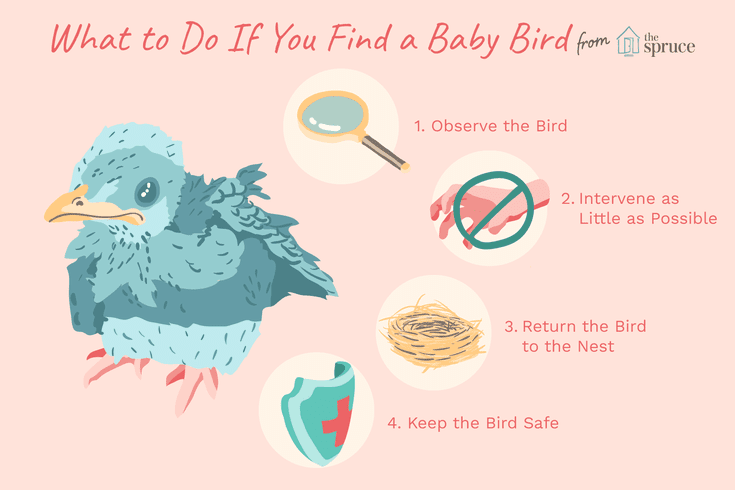 Long-term observations of keeping these corvids in captivity inspired me to write a separate article on feeding magpies.
Long-term observations of keeping these corvids in captivity inspired me to write a separate article on feeding magpies.
author of the title photo of the magpie Vasily Kalinin
Few people think about how easy it is to provide the magpie with everything necessary in captivity. As a result, there is a picture of the survival of these beautiful birds in the hands of the owners, lisping sick birds.
In this article I would like to draw the attention of corvid lovers to the fact that magpie is an active predator and gatherer. It feeds on everything it can get - from berries to fairly large animals and birds, as well as carrion.
This is true both for the nominal species Common magpie ( Pica pica ) with all subspecies, and for blue magpie ( Cyanopica cyanus ) and ecotic magpies, for example - Thick-billed azure 0009 (Urocissa caerulea ).
Feeding magpies is different from feeding adult birds, so if you picked up a magpie chick, then detailed information on how to feed the chicks is given in this article: "Feeding magpie chicks, crows, jays, jackdaws, rooks, ravens, chicks."
So, what should be in the diet of forty?
The diet of forty must include
insects .Mealworm, zofobas, crickets, grasshoppers, bears, etc.
Forage insects should be bred on a variety of nutritional diets, then their nutritional value will be high. Zofobas and flour worm, grown on poor diets, is rich in fats and poor in mineral composition and vitamins. Feeding forty only with such “fatty” feeds will lead to the development of pathologies of the liver and kidneys of the bird.
During the period of mass departure of the May beetle (beetle) ( Melolontha melolontha ) it should be given to magpies without restrictions. At this time, it can be stored by freezing. Although, often, the birds quickly gorge themselves on the May beetle, especially defrosted, and refuse to eat it - in this case, you need to take breaks with his dacha.
Although, often, the birds quickly gorge themselves on the May beetle, especially defrosted, and refuse to eat it - in this case, you need to take breaks with his dacha.
Magpie eats "ant eggs" - ant pupae. Ant egg is very rich in nutrients, but I would not recommend introducing it into the diet of magpies on an ongoing basis - since collecting an ant egg causes great harm to anthills and, accordingly, to the forest ecosystem.
In this video, a magpie is eating a thrush. Perhaps this magpie found a thrush that had already crashed, maybe she caught it herself. Magpies are able to catch both adult birds and fledglings of sparrows, tits, and pigeons.
At home, magpies must be constantly provided with small fodder birds.
The best option is quail carcasses. You can buy gutted quails in supermarkets or you can order quails at forage farms. It is preferable to feed magpies with quails rather than chickens, since it is important that magpies receive full-fledged small bird bones rich in calcium. Chickens contain a lot of phosphorus, but little calcium.
Chickens contain a lot of phosphorus, but little calcium.
It is not recommended to feed forty meat to broiler chickens - as such chickens are raised with various biological additives that accelerate the development of muscle tissue and these compounds are stored in raw meat. Forty such additives are not at all useful.
Common magpie preys on a rabbit. Here you can see how magpies act as regulators of the number of small animals in cities. When the populations of natural predators (wolves, foxes, dogs) decrease, small animals, in particular rabbits, actively breed.
A magpie hunts a rat. This video is specially added for those who like to blame forty in various sins and destroy them. Magpies are an important regulator of the number of rodents in cities.
Magpie hunting mice. A similar video, only here the moment of the magpie hunting for mice is captured.
Magpies at home should regularly receive small rodents.
This is critical for mineral metabolism.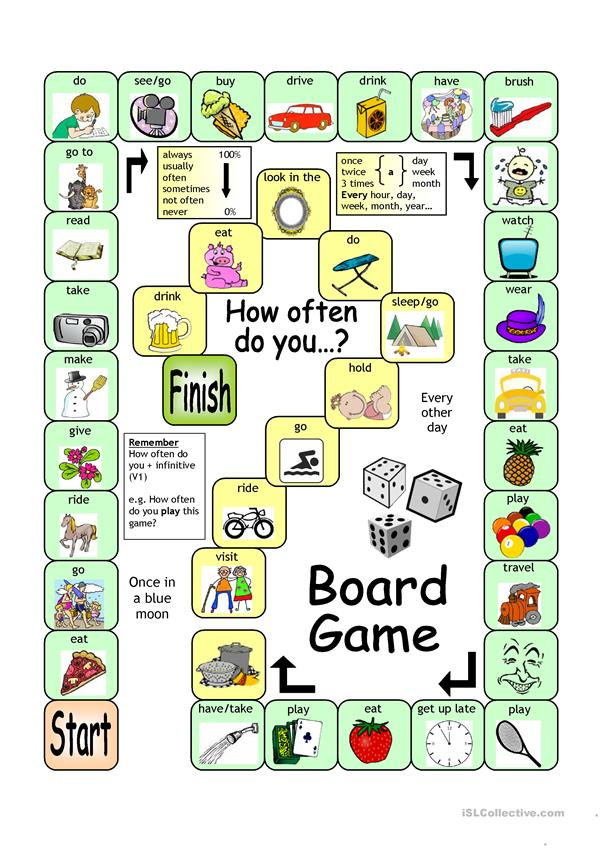 In magpies, it is very intense and the lack of readily available calcium in the diet quickly leads to problems with the bone tissue of birds and with the work of the heart muscle. In addition, it is important not to forget that the mechanism of pellet formation for corvids is as important as for birds of prey and owls.
In magpies, it is very intense and the lack of readily available calcium in the diet quickly leads to problems with the bone tissue of birds and with the work of the heart muscle. In addition, it is important not to forget that the mechanism of pellet formation for corvids is as important as for birds of prey and owls.
Nude (nude) mice are not recommended in large quantities, as they contain a large amount of phosphorus and a small amount of calcium. This will lead to calcium deficiency in the body of the bird and the development of serious problems.
A clip about the diet of blue magpies, if you remove the sound, it shows a variety of insects eaten by magpies. You can clearly see how healthy blue magpies look and how they move.
It may seem strange from the outside, but a huge problem for corvid lovers, as well as parrot lovers, is that people do not know what healthy birds of the species that they keep at home look like. Hence a large number of chronically ill birds that have not been dealt with for years.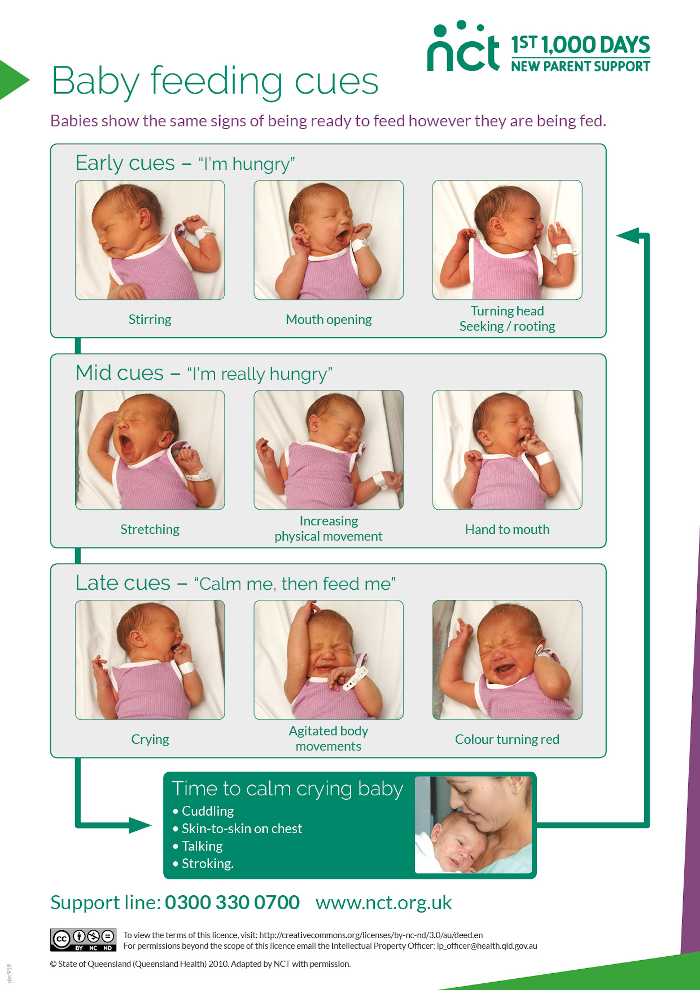
Magpies prey on patterned snake ( Elaphe dione ). Although most likely, this video captures the moment of guarding the nesting area of Magpies.
Common magpie caught a snake.
Thick-billed azure magpie ( Urocissa caerulea ) hunts a snake. I don't know the type of snake. I believe that in this case, the moment of protection of the nesting site of magpies was captured on video. Snakes and lizards are part of the regular diet of these corvids.
Should lizards and snakes be given to magpies? Where can I get them other than to withdraw from nature? Unless you accidentally stumble upon a snake-snake or a lizard, just crushed on a country road by a car. As a treat, it is a good addition to the diet of captive magpies. Catching reptiles specifically to feed the corvid that you have removed from nature, in my opinion, is ethically wrong and biologically criminal.
Blue magpies feed on privet berries.
All magpies should be given the maximum variety of berries available in your area.
Berries should be given both fresh and dried and frozen. Fruit should also always be present in the diets of forty.
Magpies feed on a fallen hare. Rabbit carcasses can be bought in supermarkets or from farmers. It is desirable to give them not gutted. For magpies, like any other corvids, it is very important to “load” the beak correctly so that it does not outgrow.
If you are a completely “correct” naturalist, then having a magpie, most likely you will bring home downed cats, pigeons, etc. I absolutely do not recommend doing this! since rabies, different strains of influenza, tuberculosis and many other dangerous infections are not an invention of doctors and laboratories, but a real danger to your health.
A very important point, which is overlooked and not discussed with disgust by city lovers of corvids — magpies, ravens, ravens are natural orderlies of ecotopes. An important part of their diets is made up of dead animals. Moreover, it is also important that by eating carrion, magpies get a large amount of fermented adipose and muscle tissue. These compounds cannot be replaced with artificial additives in the diet of birds, but you can not throw out the uneaten remains of mice, rats, quails from the aviary or bird room - leave them for several days in a cage or in a “stash” with a magpie.
An important part of their diets is made up of dead animals. Moreover, it is also important that by eating carrion, magpies get a large amount of fermented adipose and muscle tissue. These compounds cannot be replaced with artificial additives in the diet of birds, but you can not throw out the uneaten remains of mice, rats, quails from the aviary or bird room - leave them for several days in a cage or in a “stash” with a magpie.
I think that all owners of corvids understand well what a "stash" is) - these are products that turn out to be hidden in the most unexpected places. It’s good when it’s a nut, an acorn or a harmless quail egg, worse when it’s a fish head or a rat carcass hidden in a jeans pocket). If the aviary is outdoors, this is not a big problem, but at home it is more difficult. The long tubular bones of animals are well suited for such “feeding” - the magpie will be long and happy to hammer the odorous bone.
During the ripening season of nuts, acorns, chestnuts - these products are actively eaten and stored by magpies. Don't forget to provide them for your birds. This is a very good natural beak grinder.
Don't forget to provide them for your birds. This is a very good natural beak grinder.
I remind you that clay is just as important for corvids as it is for all other birds. Magpies should always have access to clay, you'd be surprised how much they eat. You can read more in the article: Clay in the diets of birds.
Conclusion, the diet of forty must necessarily include:
Insects:
mealworm, zofobas, crickets, grasshoppers, cockchafer and other available insects.
Animal carcasses:
quails, rats, mice, rabbits.
"Fermented protein"
rotten remains of feed animals or tubular bones of cattle and small cattle.
Nuts, acorns, chestnuts.
Berries. Fruits. Vegetables
Clay.
Questions - Answers about feeding forty.
V. — can magpies have mushrooms? And if possible, which ones? I gave my magpie sulfur-yellow tinder fungus, white, boletus, chanterelles in small quantities, there were no problems, but suddenly.
O. - you can. Everything edible for humans is definitely possible. All the rest are questionable, not everything that is dangerous for mammals is dangerous for birds. But I myself cannot yet say which inedible mushrooms are needed and safe for birds, I have little information about this at the moment.
Blue magpies feed on ripe persimmons.
Q. — I give chicken meat-liver-ventricles-hearts-heads-paws, but I buy only domestic chickens. By the way, when I give the whole fish, the brain and eyes are also eaten at once. Shrimp eat it too.
The article has not yet said about cottage cheese in the diet, but, probably, this is because it is mentioned in other articles.) Well, about eggs. I give boiled chicken (together with the shell), and raw quail (also with the shell).
Is lean beef good for a magpie? I trim the fat. Another beef heart is quickly eaten.
A. - it's very good that you feed your magpie so varied.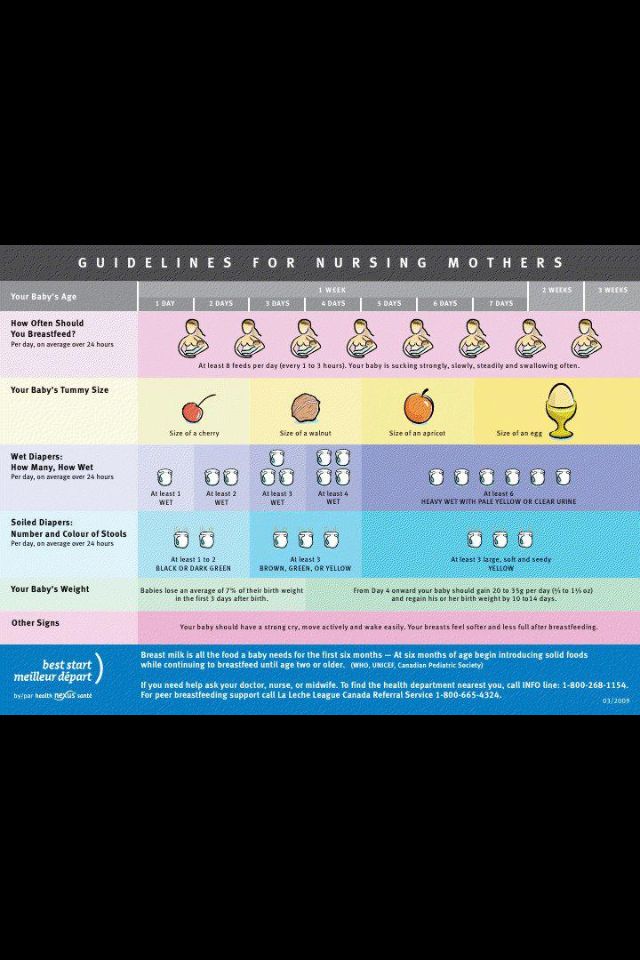 I did not focus on fish / meat / eggs in this article - since the basis of the magpie diet is common to all corvids. This is described in detail in the article - Nutrition of corvids. There is a discussion of the fat content of cottage cheese in the diets of corvids in the article: “What cottage cheese should be given to corvids, fat-free or normal?” Lean beef, suitable - better on the bones - for the bird to apply force in the process of eating. Beef heart is very useful for all corvids.
I did not focus on fish / meat / eggs in this article - since the basis of the magpie diet is common to all corvids. This is described in detail in the article - Nutrition of corvids. There is a discussion of the fat content of cottage cheese in the diets of corvids in the article: “What cottage cheese should be given to corvids, fat-free or normal?” Lean beef, suitable - better on the bones - for the bird to apply force in the process of eating. Beef heart is very useful for all corvids.
Q. - I would also add shellfish to the article, especially snails, which in nature make up a significant part of the diet of magpies. They eat large quantities of both slugs and snails along with shells. Empty shells are also willingly eaten and played with.
Another question about chicken heads: can I give or not? I give periodically - it is eaten completely, with the exception of the beak. Moreover, they usually immediately eat out the eyes, and then give the head a couple of days to lie down, only after that they eat it.
A. - shellfish and snails are a good source of protein and calcium, but for domestic corvids I would not recommend using "wild" snails. Mollusks are a natural "reservoir" and intermediate hosts of a large number of helminths and protozoan parasites of birds. Therefore, is better to use adjustable snails.
Chicken heads - the same trouble with them as with chickens in general - if these are chickens from your farm - everything is ok. If broilers, I would not recommend using them for feeding corvids and birds of prey.
As a reminder: a course of anthelmintics is recommended for all corvids twice a year. Late autumn and early summer.
Questions were asked by: Golub Obivanov, Lida Danish , Ekaterina Shamrock ,
As usual, I will be glad to any additions, comments, discussions.
How to feed the found chick, how many times a day
If you find a chick, the first thing you need to do is determine its species. Feeding granivorous, insectivorous and predatory chicks have their own differences. But in the early stages of feeding, you can use the same feeding methods, and then, after finding out what kind of bird you found, transfer the chick to the appropriate feeding.
Feeding granivorous, insectivorous and predatory chicks have their own differences. But in the early stages of feeding, you can use the same feeding methods, and then, after finding out what kind of bird you found, transfer the chick to the appropriate feeding.
Here is one of the most common feeding options for granivorous and insectivorous chicks. This nutrient mixture is well used for feeding for chicks and fledglings from the passerine family. To prepare our mixture, we need the following products: Boiled egg, low-fat cottage cheese, raw carrots, meat (beef, chicken, turkey), greens (lettuce, dandelion leaves, wood lice), hamarus and daphnia, Calcium gluconate (shell from boiled eggs) glycerophosphate , children's dry dairy-free porridge or boiled millet (without salt and fat on the water).
Action one. Boil the egg, free from the shell. We free the shell from the shell film. Grind the egg as much as possible, you can use a grater with small holes.
Second step. Boiled meat, it is better to take the pulp from the breast of a turkey or chicken and also chop or divide into fibers. The mixture will require meat 40 (for granivorous) and 60 grams (for insectivorous).
Boiled meat, it is better to take the pulp from the breast of a turkey or chicken and also chop or divide into fibers. The mixture will require meat 40 (for granivorous) and 60 grams (for insectivorous).
Third step. Take washed carrots of a small size, grate them on a fine grater, then squeeze the juice and we will use the remaining pulp.
Fourth step. We take not sour and not fatty cottage cheese. Cottage cheese should have 0% fat content, anything above is considered fat for poultry. We need 90-110 grams of cottage cheese. Sour cottage cheese must be boiled twice changing the water and then it will be suitable.
Step five. You can use greens to add the mixture, but you can do without it for the chicks. And so you can take the greens listed above, chop and add 1.5 teaspoons to the mixture.
Action six. To the above ingredients, add 1.5 -2 tsp. dairy-free porridge or boiled millet (well boiled, without salt and fat in the water).
Step seven. To the mixture we add the shell from the boiled egg, which must first be ground in a coffee grinder, plus one fourth of the crushed tablet of glycerophosphate. If it is not possible to find glycerophosphate, then you can purchase bone meal and add one fourth tsp. in powder form. At the very least, the shells are enough for now.
If it is not possible to find glycerophosphate, then you can purchase bone meal and add one fourth tsp. in powder form. At the very least, the shells are enough for now.
Step eight. We take chopped hamarus and daphnia and add about 1 tsp to the resulting mixture. Then we mix everything, it turns out a very thick, crumbly porridge, it should not stick to the fingers. If the mixture is sticky, you can add dairy-free porridge or powdered cereals.
From the resulting mixture we roll small balls no larger than a small pea, focus on the size of the chick's beak. You can feed 2-5 balls at a time and after each feeding drink plain water from an insulin syringe with a removable needle (without a needle) 4-6 drops. A week-old chick should be fed every 1-1.5 hours, older than two weeks of age every 2-4 hours, at three and four weeks of age you can feed 3-4 times a day. Do not forget that the chick is growing and, accordingly, one-time portions of food are growing. A very important point, do not forget to warm the chicks, because at their age they themselves cannot maintain normal body temperature.


